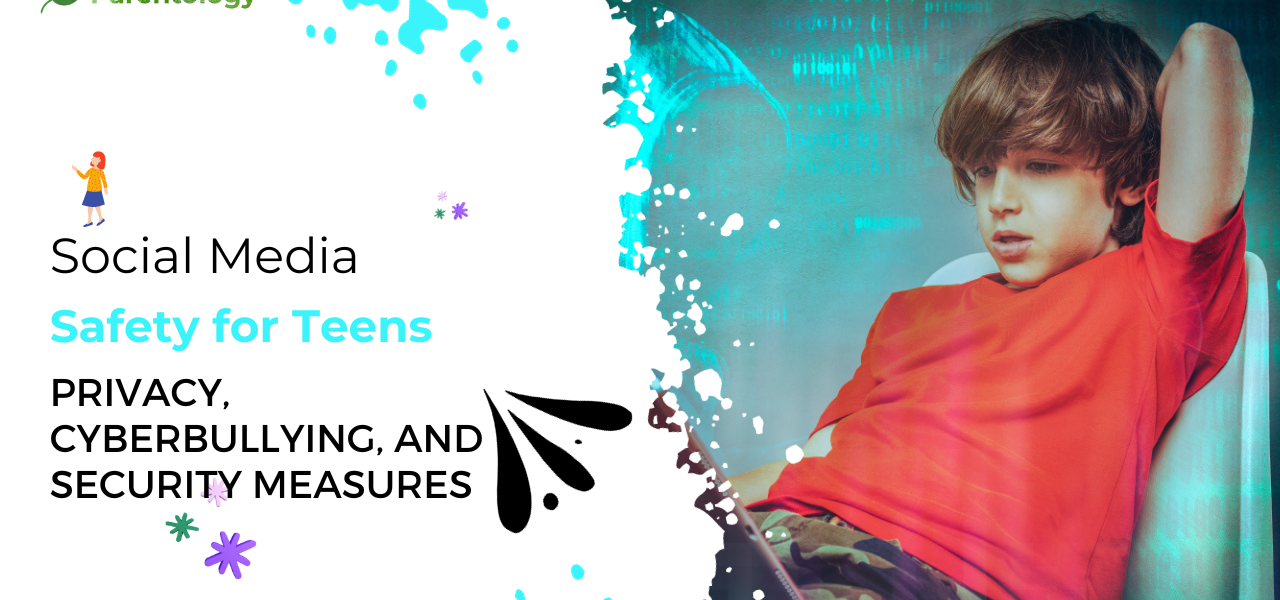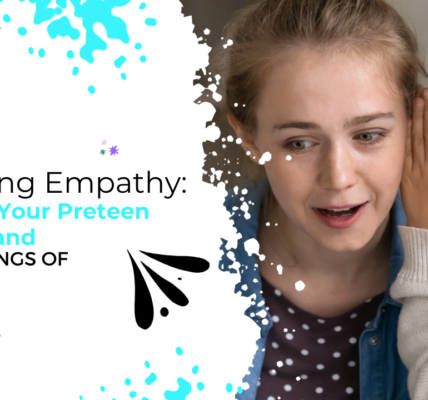Social Media Safety for Teens: Privacy, Cyberbullying, and Security Measures
In an age where social media is an integral part of daily life, ensuring the safety of early teens online has become a top priority. This comprehensive guide explores the crucial aspects of social media safety, covering privacy protection, combating cyberbullying, and implementing security measures. Let’s empower parents and teens with the knowledge they need to navigate the digital landscape safely.
Understanding the Landscape
The Rise of Social Media among Teens
Social media platforms offer a space for connection, self-expression, and information sharing. However, with these benefits come potential risks that parents and teens should be aware of.
The Vulnerabilities of Early Teens
Early teens are particularly vulnerable to online threats due to their developing judgment and limited experience in navigating the complexities of the digital world.
Privacy Protection for Teens
Crafting a Strong Online Identity
Teens should be encouraged to create a positive online identity, being mindful of the information they share and the tone of their interactions.
Adjusting Privacy Settings
Ensure that privacy settings are configured to limit the audience for posts and control who can send friend requests.
Teach teens to set their Instagram accounts to private, allowing them to approve followers and control who views their content.
Snapchat
Highlight the importance of adjusting Snapchat’s privacy settings to control who can send messages and view stories.
Combating Cyberbullying
Recognizing Cyberbullying Signs
Educate teens about the signs of cyberbullying, including sudden changes in behavior, reluctance to use devices, and a decline in academic performance.
Open Communication Channels
Encourage open communication between parents and teens, fostering an environment where teens feel comfortable sharing their online experiences.
Reporting and Blocking
Teach teens how to report and block individuals engaging in cyberbullying. Platforms have mechanisms in place to address such issues.
Implementing Security Measures
Strong Password Practices
Instruct teens to use strong, unique passwords for each social media account. Emphasize the importance of regularly updating passwords.
Two-Factor Authentication
Enable two-factor authentication where possible, adding an extra layer of security to social media accounts.
Regular Check-Ins
Parents should conduct regular check-ins with their teens, discussing online activities and addressing any concerns or questions.
Age-Appropriate Platforms
Facebook’s Messenger Kids
Consider age-appropriate platforms like Messenger Kids, designed specifically for children. These platforms provide a controlled environment with enhanced safety features tailored to younger users.
TikTok for Younger Users
Explore platforms like TikTok, which offers a version tailored for younger users. These platforms often implement stricter content controls and privacy settings.
Parental Involvement
Establishing Trust
While it’s crucial to monitor your teen’s online activities, it’s equally important to establish trust. Communicate openly, addressing concerns without judgement, and emphasising the collaborative effort to ensure a safe online experience.
Balancing Oversight
Find the right balance between oversight and allowing independence. Striking this balance fosters a sense of responsibility in teens while still providing a safety net.
Digital Literacy Education
Empowering Teens
Encourage participation in digital literacy programs. These programs empower teens with the skills to critically evaluate online information, identify potential risks, and make informed decisions.
Responsible Social Media Use
Promote responsible social media use by discussing the impact of online actions. Emphasize the long-term consequences of sharing inappropriate content or engaging in cyberbullying.
School Initiatives
Educational Programs
Advocate for the implementation of educational programs within schools. These programs should cover a range of topics, including digital literacy, online etiquette, and the responsible use of social media.
Awareness Campaigns
Schools can play a pivotal role in raising awareness about social media safety through campaigns that involve students, parents, and educators. These campaigns create a shared responsibility for online safety.
Reporting Mechanisms
Encouraging Reporting
Establish reporting mechanisms within schools to encourage students to report instances of cyberbullying or inappropriate online behaviour. Swift intervention can mitigate potential harm.
Collaborative Efforts
Promote collaboration between parents, schools, and social media platforms. This ensures a holistic approach to social media safety, with each stakeholder playing a crucial role.
Staying Informed
Continuous Education
Stay informed about the latest trends in social media and online platforms. Continuous education equips parents and educators to address new challenges as they arise.
Online Safety Resources
Utilise online safety resources provided by reputable organisations. These resources often offer guides, tutorials, and best practices for navigating the digital landscape safely.
FAQs: Social Media Safety for Teens
1. How can I ensure my teen’s privacy on social media?
To safeguard your teen’s privacy, guide them in crafting a positive online identity and adjusting privacy settings on platforms like Facebook, Instagram, and Snapchat.
2. What are the signs of cyberbullying?
Look out for sudden behaviour changes, reluctance to use devices, and academic performance decline as potential signs of cyberbullying.
3. How do I report cyberbullying on social media platforms?
Teach your teen the process of reporting and blocking individuals engaged in cyberbullying. Most platforms have dedicated mechanisms for such incidents.
4. What security measures should my teen implement?
Ensure your teen practices strong password habits, enables two-factor authentication, and conducts regular check-ins with you to discuss online activities.
5. Are there age-appropriate social media platforms for teens?
Yes, platforms like Facebook’s Messenger Kids and TikTok for Younger Users provide age-appropriate spaces with additional safety features.
6. How do I talk to my teen about online safety without being overbearing?
Initiate open and non-judgmental conversations. Share real-life examples, discuss potential risks, and encourage questions.
7. Should I be friends with my teen on social media?
Being friends on social media allows parents to monitor online activity. However, it’s crucial to respect your teen’s privacy and establish trust.
8. How often should I check my teen’s social media accounts?
Regular check-ins are essential, but balance is key. Maintain open communication and address concerns promptly to foster trust.
9. Can teens benefit from social media education programs?
Absolutely. Look for programs that teach digital literacy, online etiquette, and responsible social media use to empower teens.
10. What actions can schools take to promote social media safety?
Schools can implement educational programs, promote awareness campaigns, and establish reporting mechanisms to address online safety concerns.
Conclusion
In conclusion, navigating the realm of social media safety for teens involves a combination of proactive measures, open communication, and continuous education. By empowering teens with the knowledge to protect their privacy, combat cyberbullying, and implement robust security measures, we can ensure a safer online experience for the next generation. Stay informed, stay vigilant, and let’s make the digital world a secure space for our teens.
For a wealth of parenting resources and insights into early teens’ emotional well-being, explore the diverse content available at Parentology, which offers guidance and support for parents in raising emotionally resilient teenagers.





